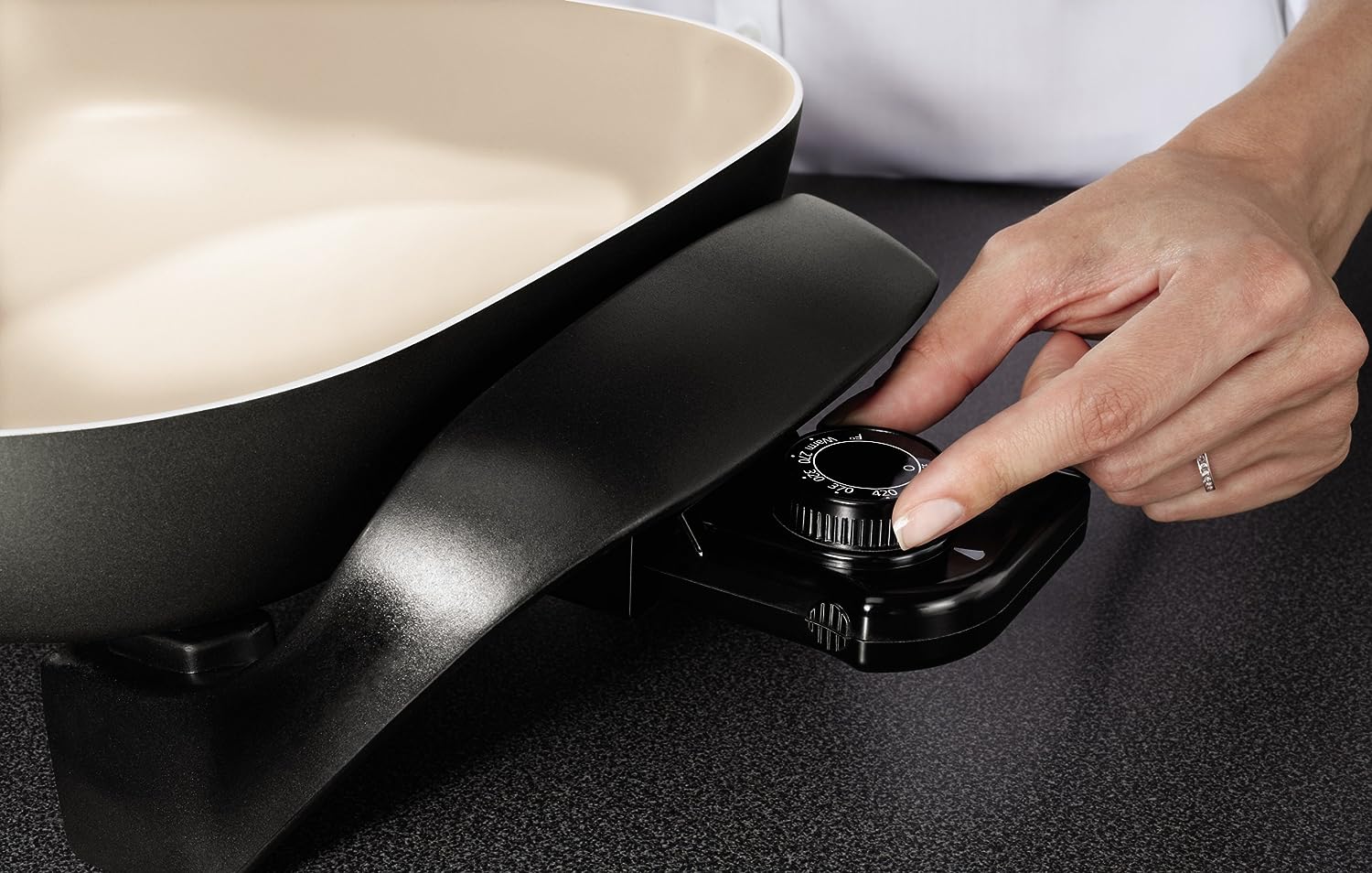

Articles
What Temp Is Medium On An Electric Skillet
Modified: January 6, 2024
Discover the ideal temperature for cooking with an electric skillet in this informative article. Learn what constitutes medium heat and how it enhances your culinary creations.
(Many of the links in this article redirect to a specific reviewed product. Your purchase of these products through affiliate links helps to generate commission for Storables.com, at no extra cost. Learn more)
Introduction
Welcome to our article on understanding electric skillets and the temperature settings they offer. Electric skillets are a versatile and convenient tool for cooking a variety of dishes, but it’s important to understand how to use them effectively. Temperature control is a crucial factor in achieving the desired cooking results, and in this article, we will delve into what “medium” means on an electric skillet and how to utilize this setting for your culinary creations.
Electric skillets are a popular kitchen appliance that provides a controlled cooking surface without the need for a stove. They are ideal for those who lack access to traditional stovetops or those who prefer the convenience of an all-in-one cooking device. Electric skillets offer various temperature settings, allowing users to adjust the heat precisely for different cooking methods.
Mastering the temperature settings on your electric skillet is crucial to achieving the desired outcomes for different recipes. Understanding what each temperature setting entails is essential, so let’s explore the meaning of “medium” on an electric skillet and how it affects your cooking.
Key Takeaways:
- Mastering the medium heat setting on your electric skillet allows for even cooking, gentle browning, and tender, juicy results, enhancing your culinary creations with versatile and controlled heat.
- Understanding the factors influencing medium temperature empowers you to optimize your cooking techniques, preheat the skillet, control the heat, and achieve delectable results with finesse and precision.
Read more: What Temp Is Simmer With An Electric Skillet
Understanding Electric Skillets
Before diving into the specifics of temperature settings, let’s take a moment to understand electric skillets and how they work. An electric skillet is a portable countertop appliance that serves as a self-contained cooking surface. It typically consists of a flat pan made of durable, non-stick material and an electric heating element underneath.
Electric skillets come in various shapes and sizes, offering a generous cooking area to accommodate different quantities of food. They are versatile and can be used for frying, sautéing, grilling, simmering, and even baking. Some electric skillets feature thermostat controls that allow precise temperature adjustments, while others may have simple low, medium, and high heat settings.
These skillets are commonly made of materials like stainless steel or aluminum, which distribute heat evenly across the cooking surface. This ensures uniform cooking and helps prevent hot spots that could lead to unevenly cooked food. Electric skillets often come with a transparent lid, allowing you to monitor the cooking process without lifting it and interrupting the heat flow.
One of the advantages of using an electric skillet is that it provides a consistent and controlled cooking environment. Since the heat source is independent of your stovetop, you have the flexibility to place it anywhere in your kitchen or even take it outdoors. This versatility makes electric skillets great for cooking in small spaces or for taking on camping trips or other outdoor adventures.
Furthermore, electric skillets offer efficient heating capabilities. The electric heating element heats up quickly and maintains a stable temperature throughout the cooking process. This feature is particularly useful when cooking dishes that require even and precise heat distribution, such as stir-fries or pancakes.
Now that we’ve gained a better understanding of electric skillets, let’s dive into the temperature settings and explore what “medium” means on an electric skillet.
Temperature Settings on Electric Skillets
Electric skillets typically offer a range of temperature settings to accommodate various cooking needs. These settings can be adjusted to control the heat output and achieve the desired cooking results. The specific temperature range may vary depending on the brand and model of the electric skillet, but most skillets offer low, medium, and high heat settings.
Each temperature setting serves a distinct purpose, and understanding their differences is vital to properly utilize your electric skillet. The low heat setting is ideal for gentle simmering, keeping cooked food warm, or melting delicate ingredients like butter or chocolate. The high heat setting, on the other hand, is suitable for searing, frying, or achieving a quick and intense heat for browning or caramelization.
That brings us to the medium heat setting, which is a versatile option for a wide range of cooking techniques. The medium heat setting on an electric skillet provides a moderate amount of heat, balancing between the low and high settings. It is often the go-to setting for sautéing, stir-frying, or cooking foods that require a moderate cooking temperature.
While the specific temperature range for medium heat may vary, it typically falls between 300 to 375 degrees Fahrenheit (150 to 190 degrees Celsius). This range allows for efficient cooking without being too intense or too gentle. It provides enough heat to cook food evenly and develop flavors, but with less risk of burning or overcooking compared to high heat settings.
Medium heat is perfect for many common kitchen tasks, such as cooking vegetables, searing meat, or preparing sauces and gravies. It allows for a balance between achieving a nice caramelization or browning on the food’s exterior while ensuring the interior cooks through thoroughly and evenly.
Understanding the temperature settings on your electric skillet empowers you to take control of your cooking. By utilizing the medium heat setting effectively, you can achieve delicious results in a wide range of recipes.
Now that we’ve explored what “medium” means on an electric skillet, let’s delve into the factors that can affect the medium temperature on your electric skillet and how to optimize your cooking techniques to make the most of this setting.
What Does “Medium” Mean on an Electric Skillet?
When it comes to using an electric skillet, understanding what “medium” means in terms of temperature is essential for achieving the desired cooking results. While the specific temperature range for medium heat may vary depending on your electric skillet, it generally falls between 300 to 375 degrees Fahrenheit (150 to 190 degrees Celsius).
The medium heat setting on an electric skillet is a versatile option that offers moderate heat to cook a wide range of foods. It strikes a balance between the low and high heat settings, providing enough heat to cook food thoroughly while minimizing the risk of burning or overcooking.
When cooking on medium heat, you can expect the following characteristics:
- Even heat distribution: Electric skillets are designed to distribute heat evenly across the cooking surface. On medium heat, the temperature is calibrated to ensure that the food cooks uniformly, preventing hot spots or uneven cooking.
- Gentle browning: Medium heat allows for a gentle browning effect on the exterior of the food. This is ideal for achieving a golden crust on foods like chicken cutlets, sautéed mushrooms, or seared steaks. The medium heat setting promotes caramelization without the risk of burning.
- Faster cooking times: While medium heat is not as intense as high heat, it still allows for relatively quick cooking times. You can expect your food to cook through efficiently without needing to spend excessive time at the stove.
- Tender and juicy results: Cooking on medium heat helps preserve the moisture in food, resulting in tender and juicy results. It is especially beneficial when cooking proteins like chicken or fish, as the moderate heat ensures that the interior cooks through without drying out the meat.
Using the medium heat setting effectively involves understanding the cooking requirements of different dishes. For example, stir-frying vegetables or sautéing garlic and onions often call for medium heat since it allows for quick cooking while maintaining optimal texture and flavor.
Furthermore, the medium heat setting can be adjusted slightly depending on the specific needs of your recipe. If you find that food is cooking too quickly or browning too rapidly, you can reduce the temperature slightly to achieve a gentler cooking process. Similarly, if you need to speed up the cooking process, increasing the temperature slightly may be necessary.
Experimenting with different dishes and paying attention to the cooking process will help you understand how to harness the power of medium heat on your electric skillet.
Now that we’ve covered what “medium” means on an electric skillet, let’s explore the factors that can affect the medium temperature and how you can optimize your cooking techniques for this setting.
Medium heat on an electric skillet is typically around 300-350°F (150-175°C). This is suitable for sautéing, frying, and cooking most foods evenly without burning. Adjust the temperature as needed for specific recipes.
Factors Affecting Medium Temperature on an Electric Skillet
While the medium temperature setting on an electric skillet provides a moderate and versatile heat level, it’s important to keep in mind that several factors can influence this temperature. Understanding these factors will allow you to make adjustments and optimize your cooking techniques for the best results.
Here are some factors that can affect the medium temperature on an electric skillet:
- Size and thickness of the skillet: The size and thickness of the skillet can impact how quickly it heats up and retains heat. A smaller, thinner skillet may heat up faster and reach higher temperatures, while a larger, thicker skillet might take longer to heat up and have a slightly lower medium temperature.
- Power output of the electric skillet: Different electric skillets have varying power outputs, which can influence the temperature range of each setting. Higher-powered skillets may reach higher temperatures, including medium heat, faster and maintain a more consistent temperature throughout the cooking process.
- Ambient temperature and environment: The ambient temperature in your kitchen or cooking environment can impact how quickly the electric skillet heats up and maintains its temperature. In colder environments, the skillet may take longer to reach and sustain medium heat, while in warmer environments, it may heat up more quickly.
- Cooking surface and food quantity: The type of cooking surface you’re using, such as stainless steel or non-stick coatings, can affect how the skillet retains and transfers heat. Additionally, the quantity of food in the skillet can influence the temperature as the heat is dispersed among the ingredients. A larger quantity of food may require slightly higher medium heat to compensate for the cooling effect caused by the food.
- Lid usage: Using the lid on your electric skillet can help trap heat and create a more controlled cooking environment. Keeping the lid on can raise the temperature slightly as the trapped heat intensifies the cooking process. Conversely, leaving the lid off can result in a slightly lower medium temperature as some heat escapes.
Being aware of these factors allows you to make adjustments and fine-tune your cooking technique when using the medium heat setting on your electric skillet. For example, if you find that your skillet tends to run hotter than expected on medium heat, you can reduce the temperature slightly or adjust the cooking time accordingly. On the other hand, if your skillet runs cooler, you can increase the temperature slightly for optimal cooking results.
It’s important to note that every electric skillet is unique, and it may take some trial and error to become familiar with how your specific skillet operates. By paying attention to the cooking process and making adjustments based on the factors mentioned above, you’ll be able to adapt to your skillet’s characteristics and achieve consistent and delicious results.
Now that we understand the factors influencing medium temperature on an electric skillet, let’s explore some useful tips for cooking on medium heat.
Read more: What Temp To Fry Bologna On Electric Skillet
Tips for Cooking on Medium Heat
Cooking on medium heat can be a delicate balance, but with the right techniques and approach, you can achieve wonderful results. Here are some helpful tips to keep in mind when cooking on medium heat with your electric skillet:
- Preheat the skillet: Before adding any ingredients, preheat your electric skillet on medium heat for a few minutes. This ensures that the skillet is evenly heated before you begin cooking, allowing for consistent cooking throughout the process.
- Use the right amount of oil: When cooking on medium heat, it’s important to use an appropriate amount of oil to prevent sticking and achieve a desirable texture. Use enough oil to coat the bottom of the skillet, ensuring that your ingredients won’t stick, but not so much that they become overly greasy.
- Control the heat: Depending on your specific skillet and the recipe you’re preparing, you may need to make adjustments to the medium heat setting. If you find that your food is cooking too quickly or browning too much, reduce the heat slightly. Conversely, if your food is taking too long to cook, you can increase the heat slightly.
- Avoid overcrowding the skillet: Overcrowding the skillet can cause your ingredients to steam instead of properly sauté or brown. Cook in batches if necessary, ensuring that there is enough space between the ingredients to allow for even cooking and browning.
- Pay attention to cooking times: When cooking on medium heat, it’s important to be mindful of cooking times. Medium heat may require a bit more time compared to high heat, but less time than low heat. Keep a close eye on your food and use recipes as a guideline to determine the optimal cooking time on medium heat.
- Stir and flip as needed: Stirring and flipping your ingredients throughout the cooking process helps ensure even cooking and browning. Use a spatula or tongs to turn your ingredients, allowing them to cook and brown on all sides.
- Let the skillet do the work: Avoid constantly moving or shaking the skillet while cooking. Allow the skillet to maintain its heat and develop the desired flavors and textures. This will help promote even cooking and browning.
- Use a timer: To avoid overcooking or undercooking your dishes, use a timer to keep track of the cooking time. Set a timer to remind yourself to check on the food and adjust the heat or flip the ingredients if necessary.
- Test for doneness: Use the appropriate methods to determine if your food is cooked through. For meats, use a meat thermometer to ensure the internal temperature reaches a safe level. For vegetables and other ingredients, use a fork or knife to check for tenderness.
By following these tips, you’ll be able to master cooking on medium heat with your electric skillet. Experiment with different recipes and ingredients to refine your skills and develop a sense of timing and heat control.
Now that we’ve covered useful tips for cooking on medium heat, let’s conclude our article with a brief summary.
Conclusion
Understanding electric skillets and their temperature settings is crucial for achieving successful cooking results. The medium heat setting on an electric skillet provides a versatile and moderate heat level that is ideal for a wide range of cooking techniques.
When cooking on medium heat, you can expect even heat distribution, gentle browning, faster cooking times, and tender, juicy results. However, it’s important to consider various factors that can affect the medium temperature, such as the size and thickness of the skillet, the power output, ambient temperature, cooking surface, food quantity, and lid usage.
To optimize your cooking on medium heat, follow these tips: preheat the skillet, use the right amount of oil, control the heat, avoid overcrowding the skillet, pay attention to cooking times, stir and flip as needed, let the skillet do the work, use a timer, and test for doneness.
By practicing these techniques and experimenting with different recipes, you’ll become more familiar with your electric skillet’s characteristics and achieve delectable results on medium heat.
Whether you’re sautéing vegetables, searing meats, or preparing sauces and gravies, cooking on medium heat allows for a balanced and controlled cooking experience. Embrace the versatility and flexibility that an electric skillet offers, and enjoy the convenience of cooking delicious meals without the need for a traditional stovetop.
So, fire up your electric skillet, set it to medium heat, and let your culinary creativity shine!
Frequently Asked Questions about What Temp Is Medium On An Electric Skillet
Was this page helpful?
At Storables.com, we guarantee accurate and reliable information. Our content, validated by Expert Board Contributors, is crafted following stringent Editorial Policies. We're committed to providing you with well-researched, expert-backed insights for all your informational needs.
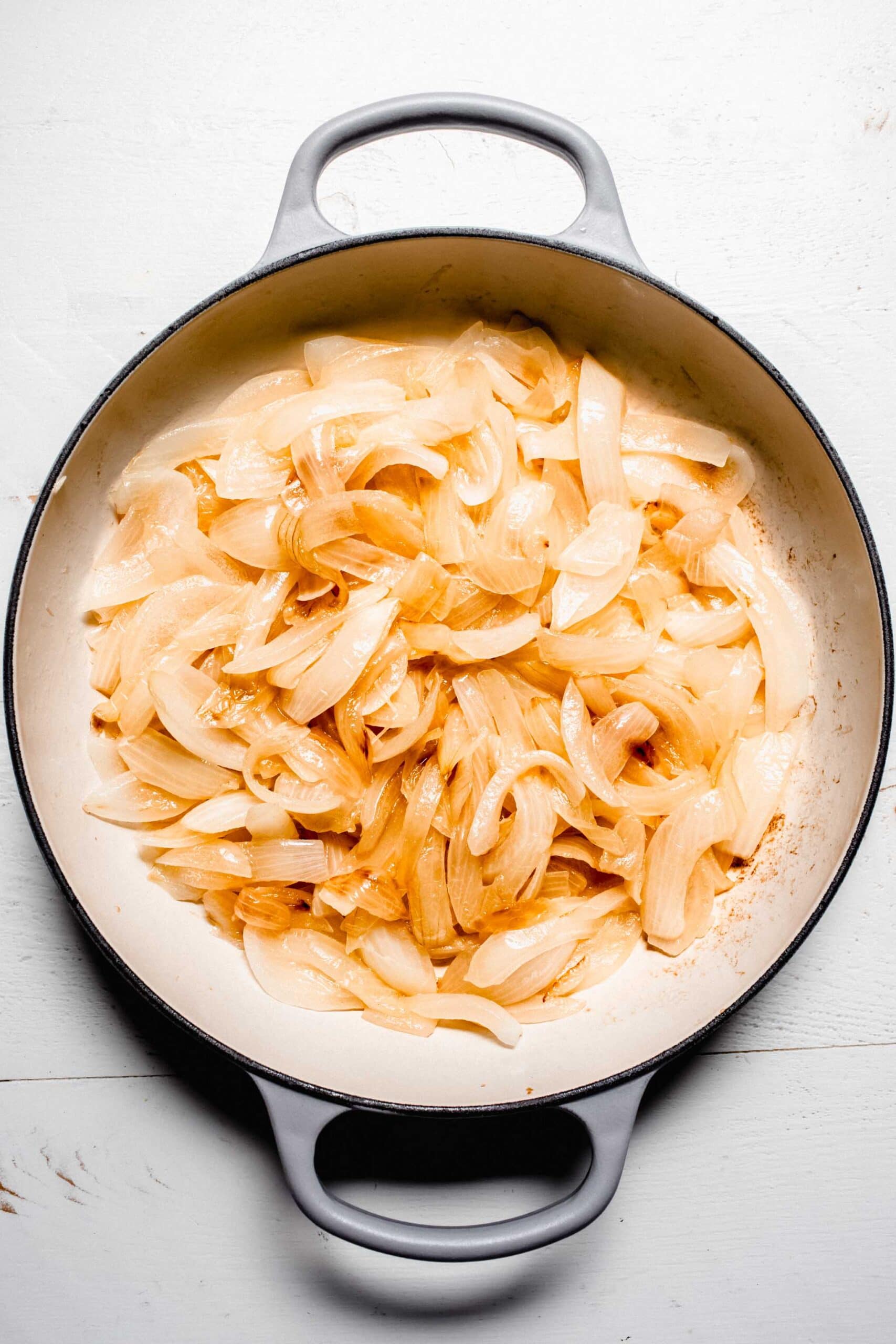
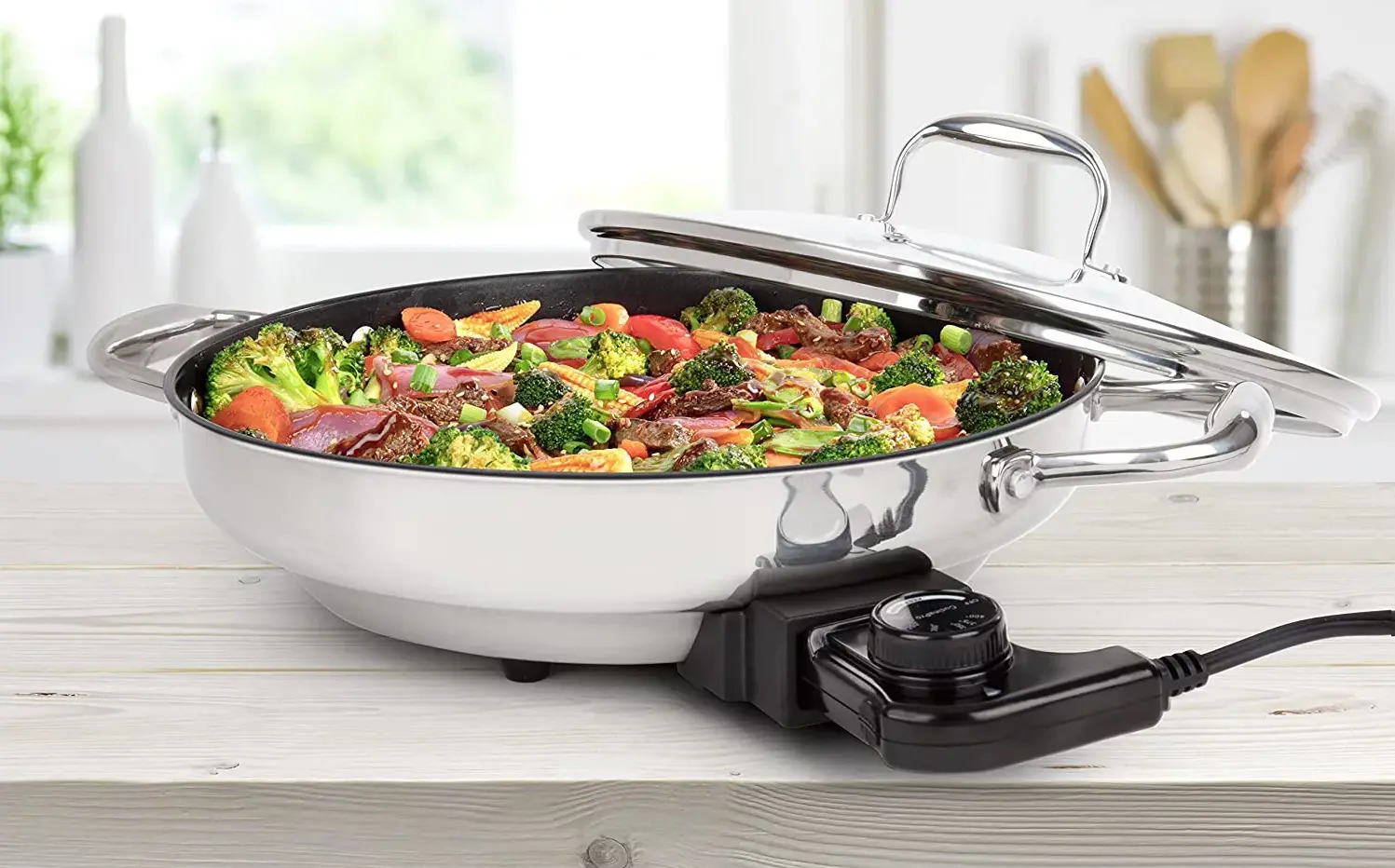
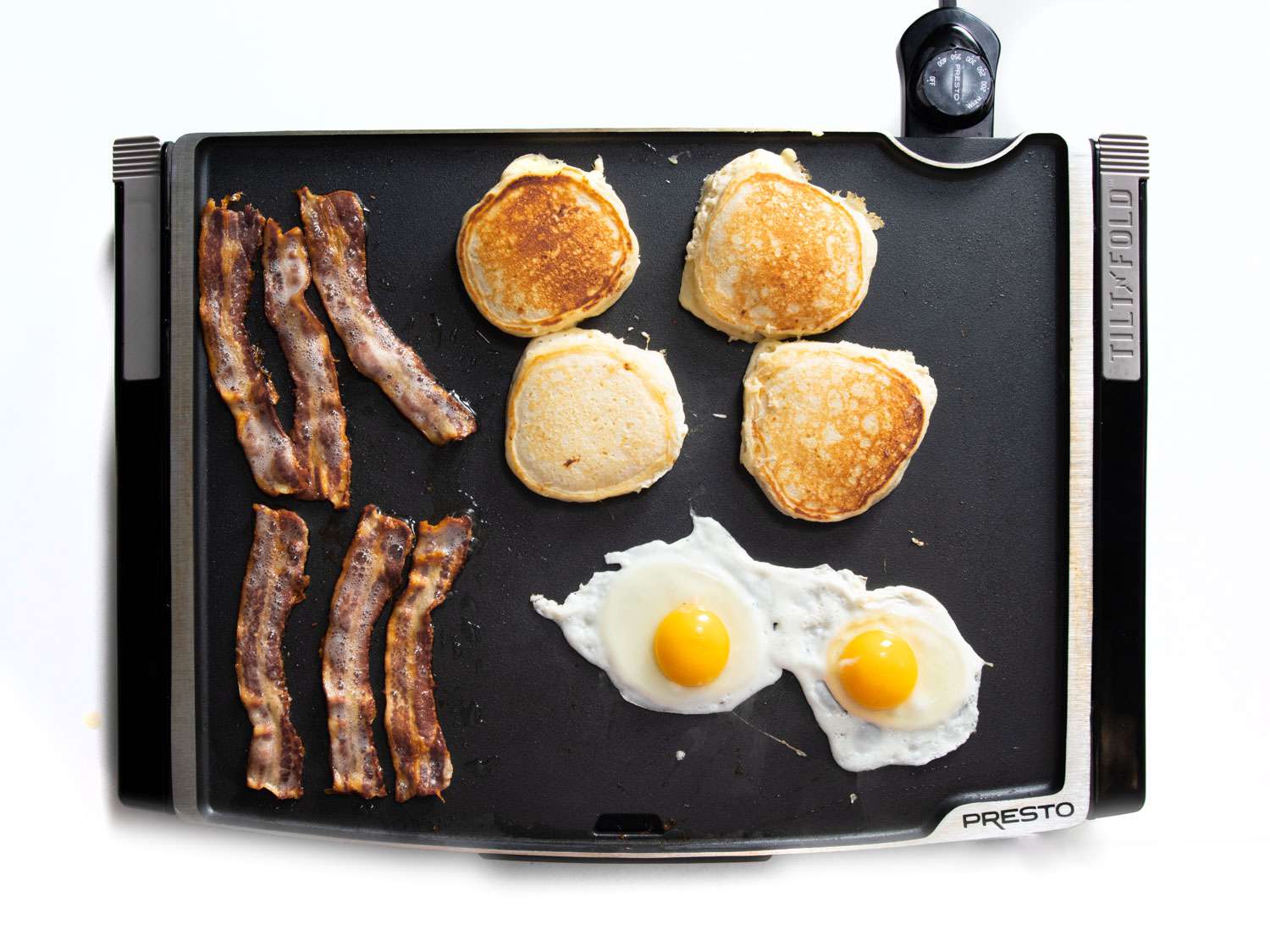
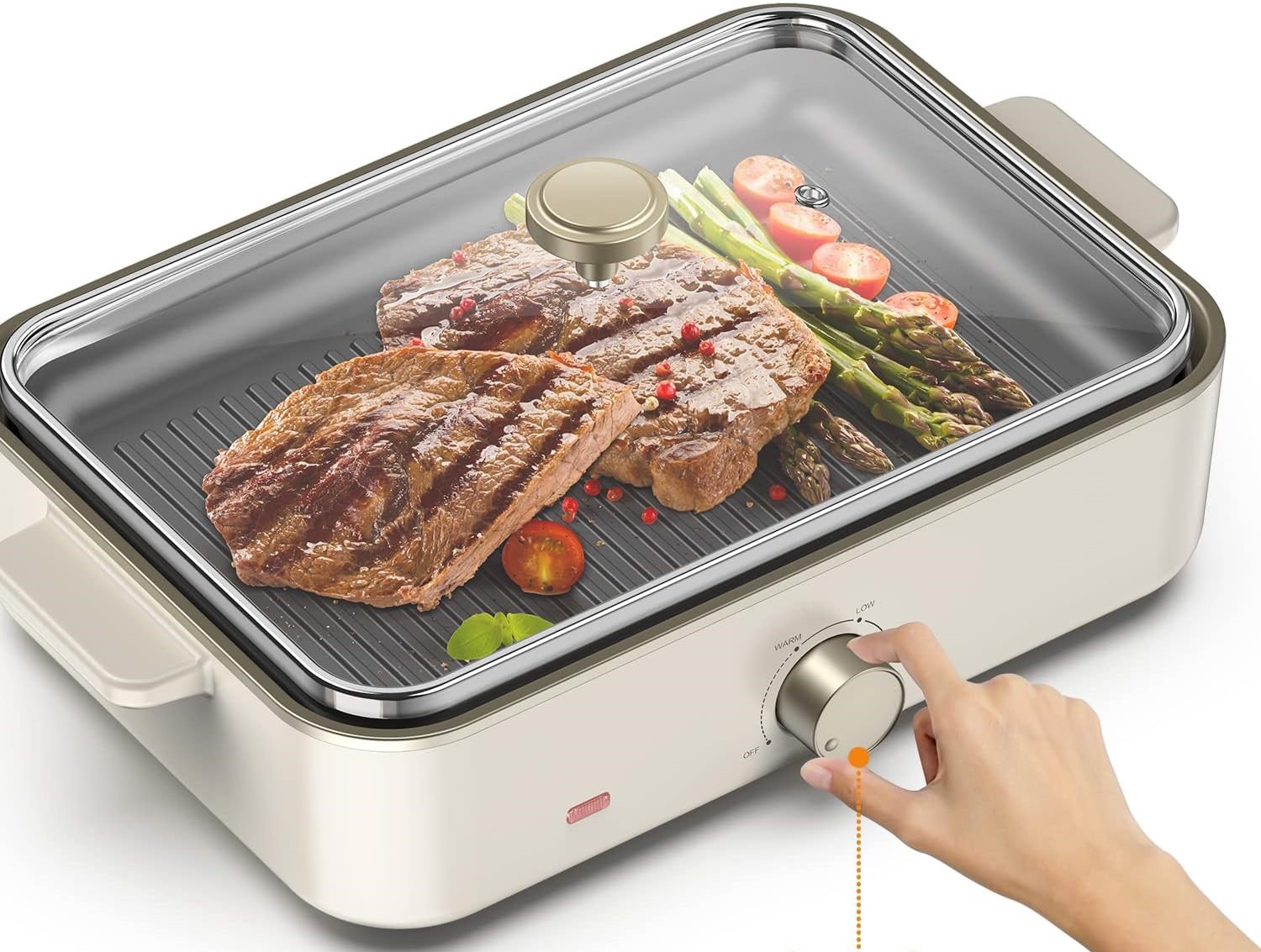
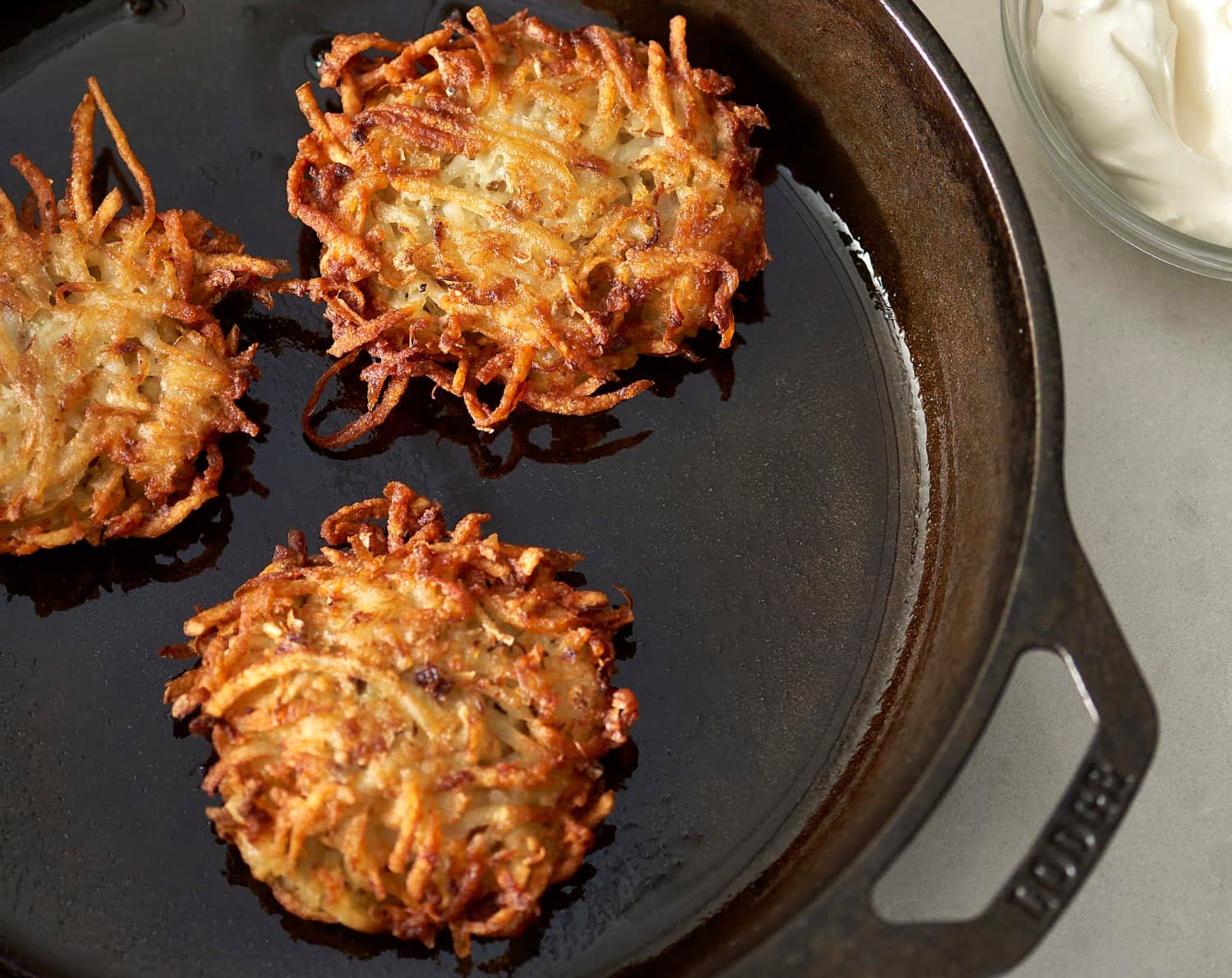
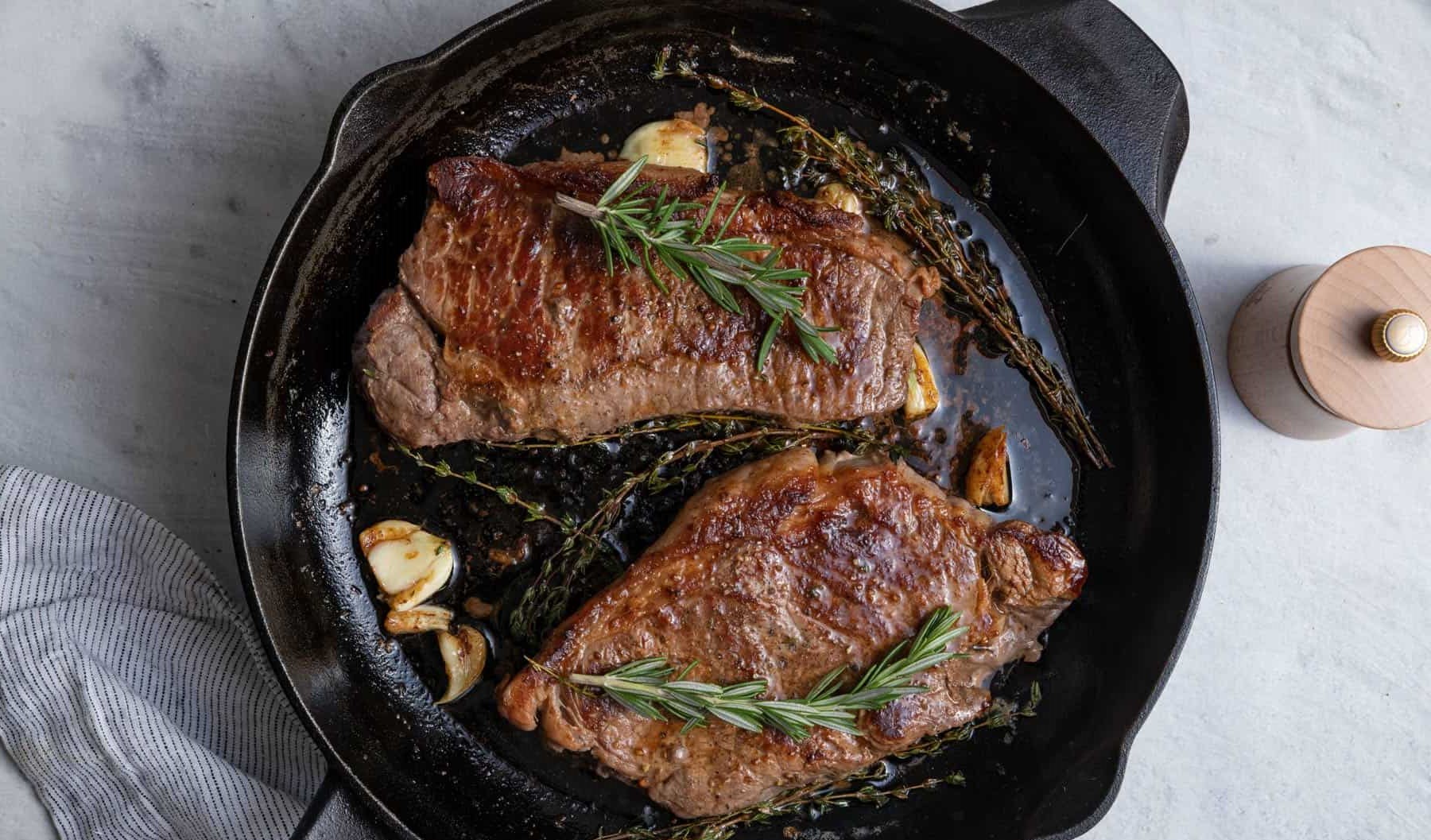
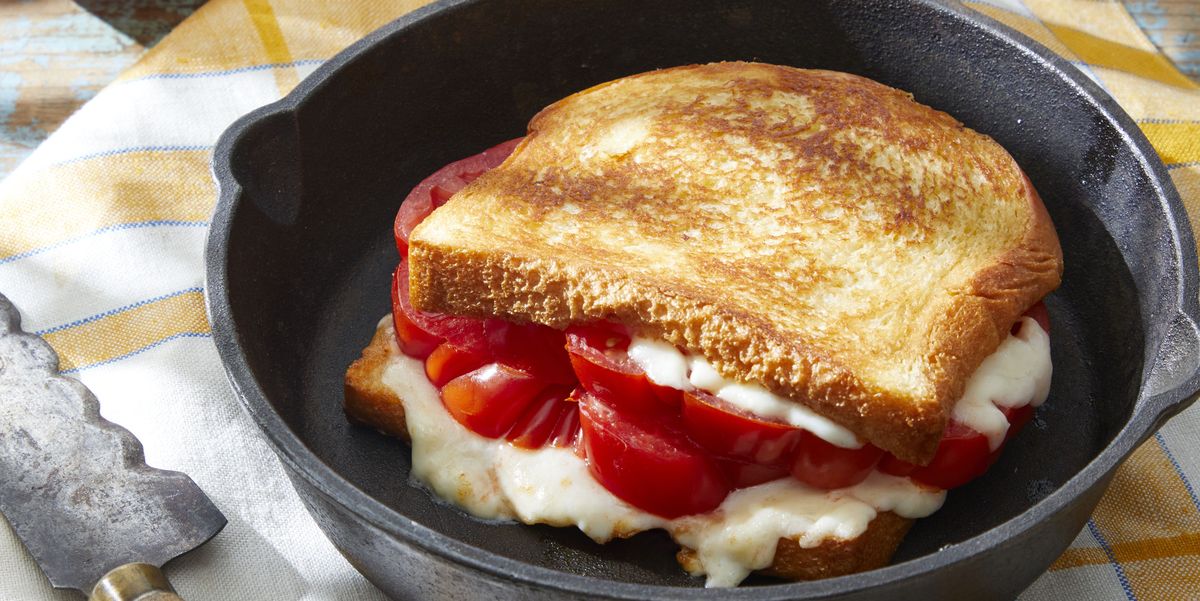
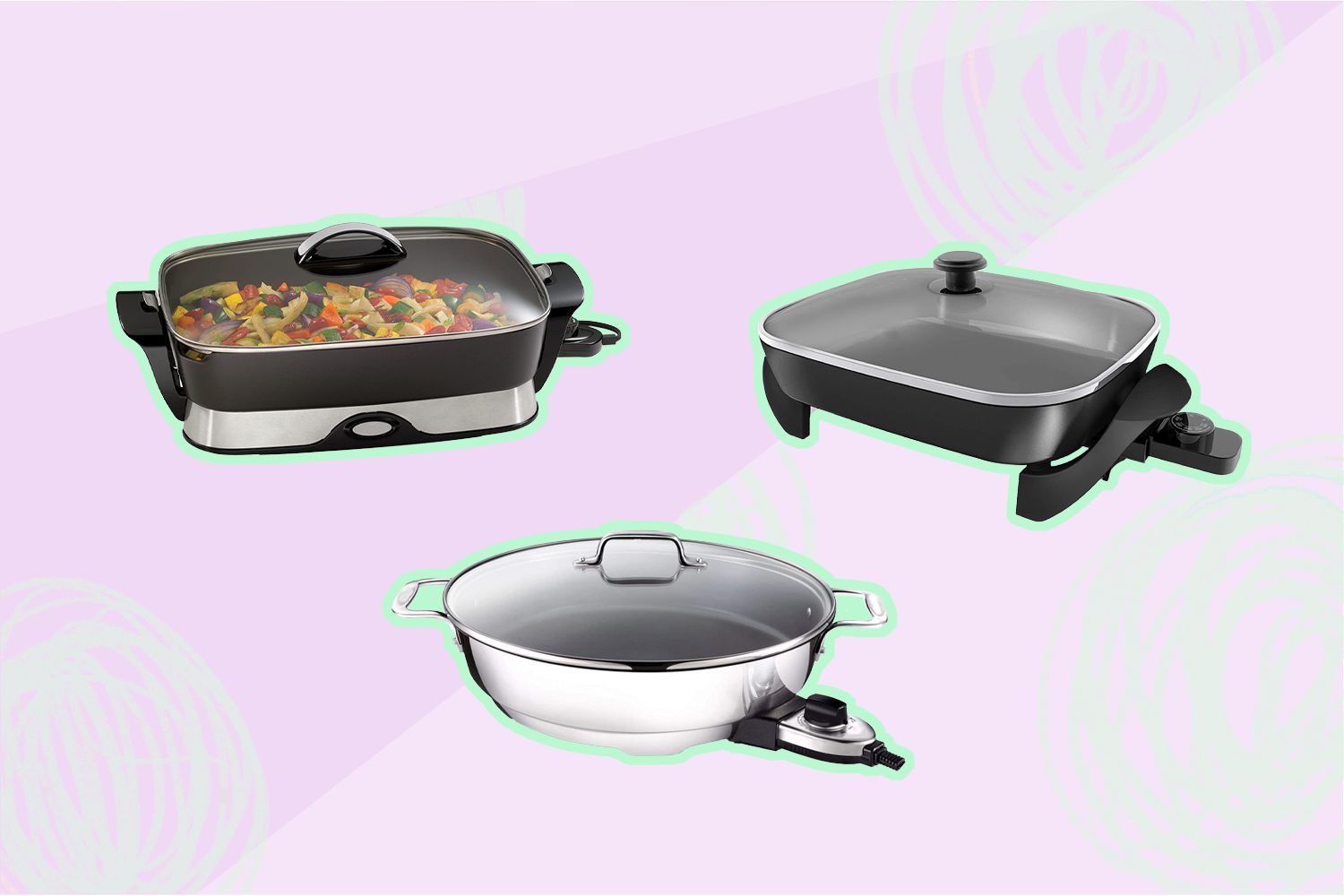
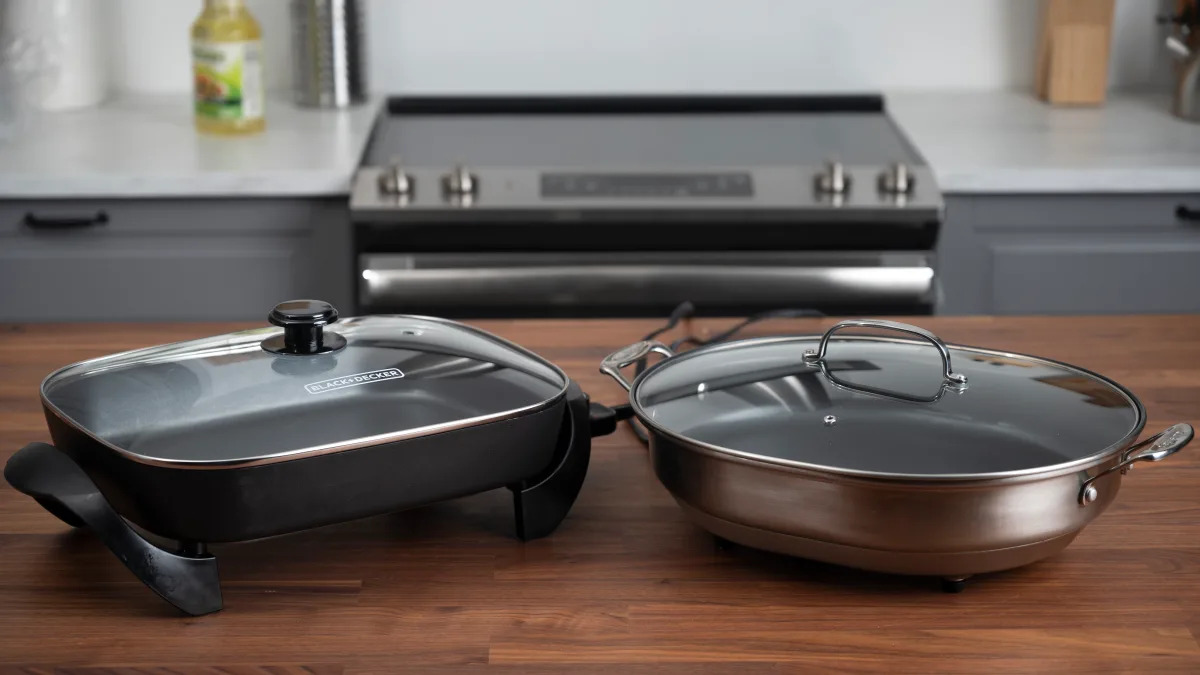
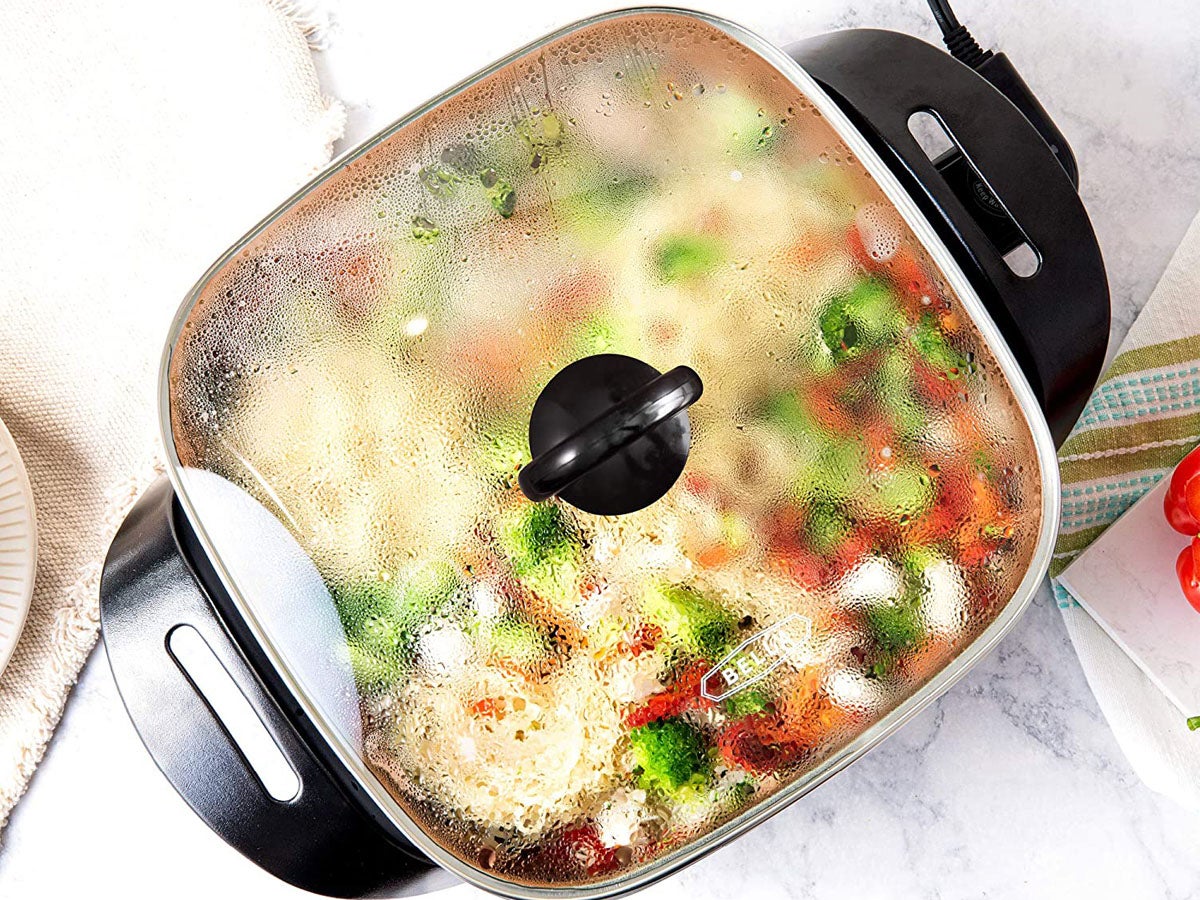
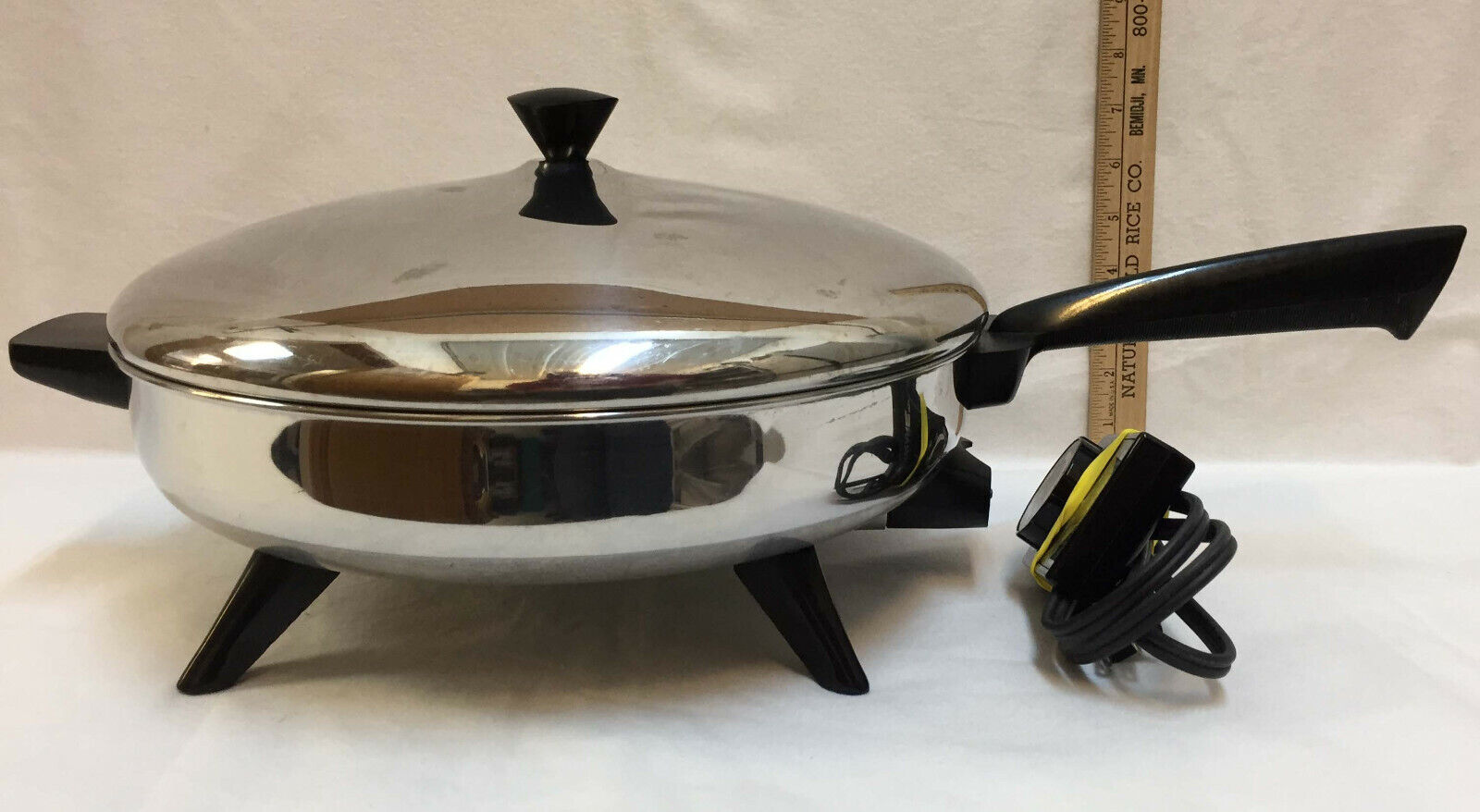
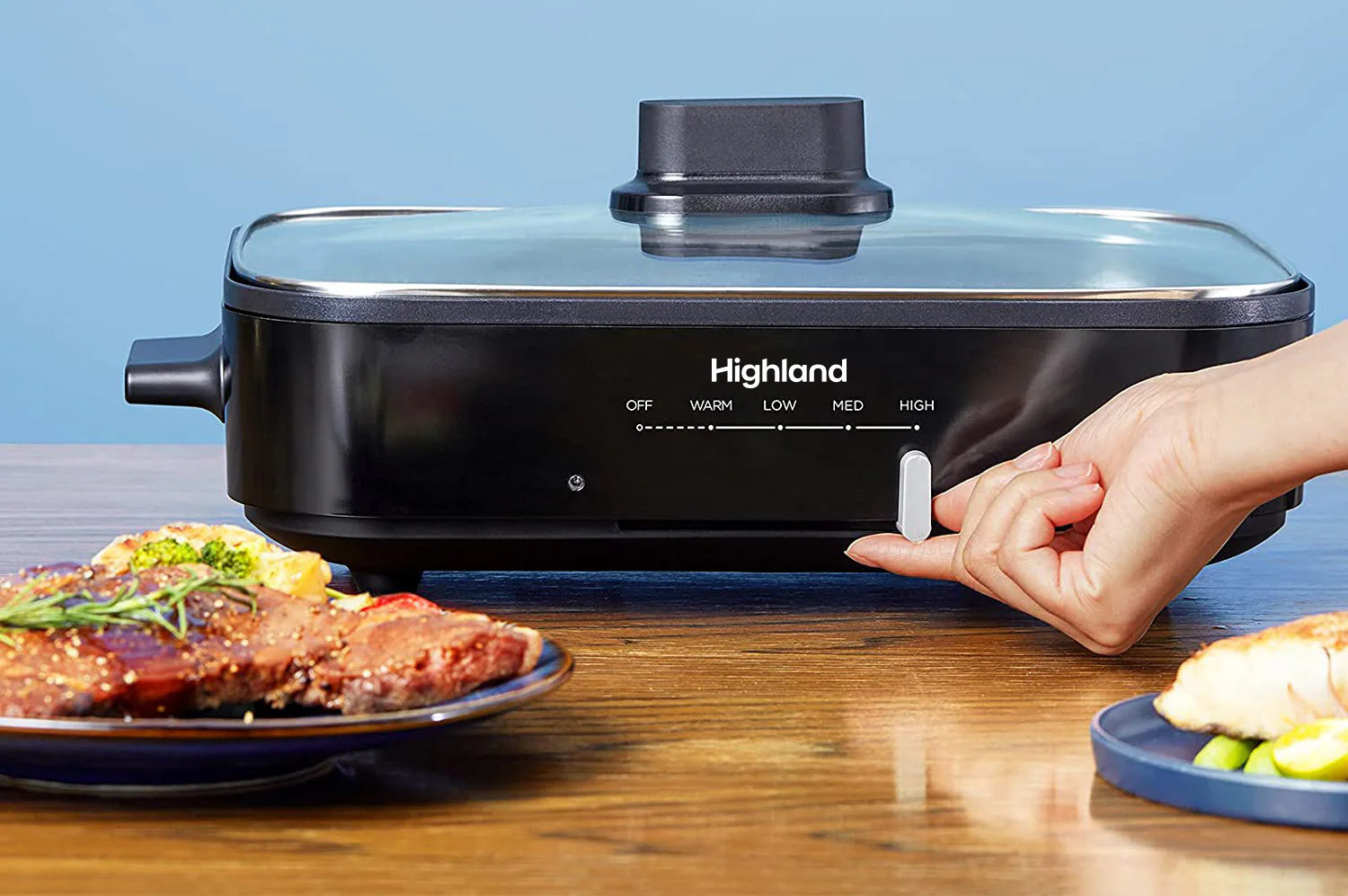
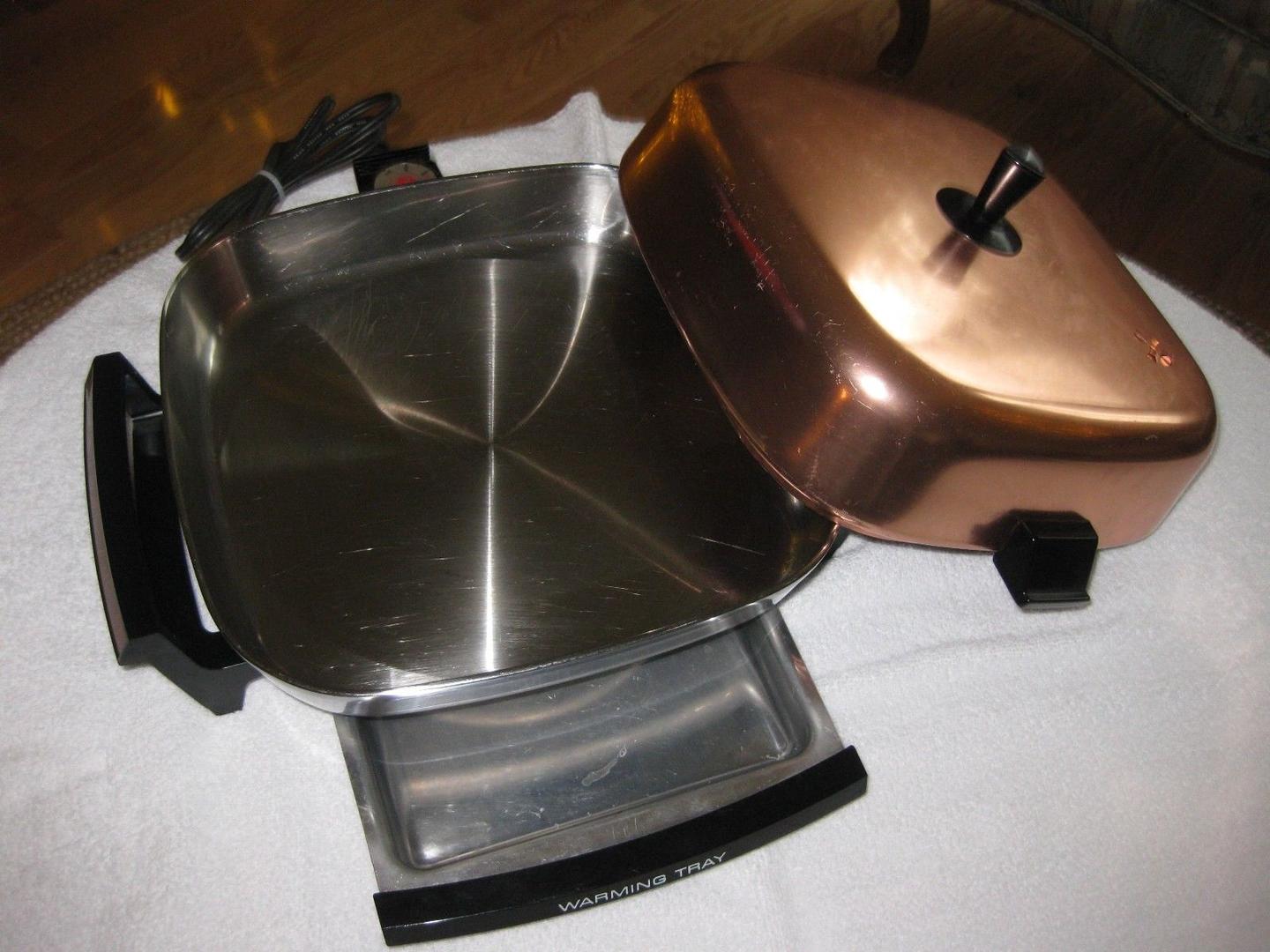
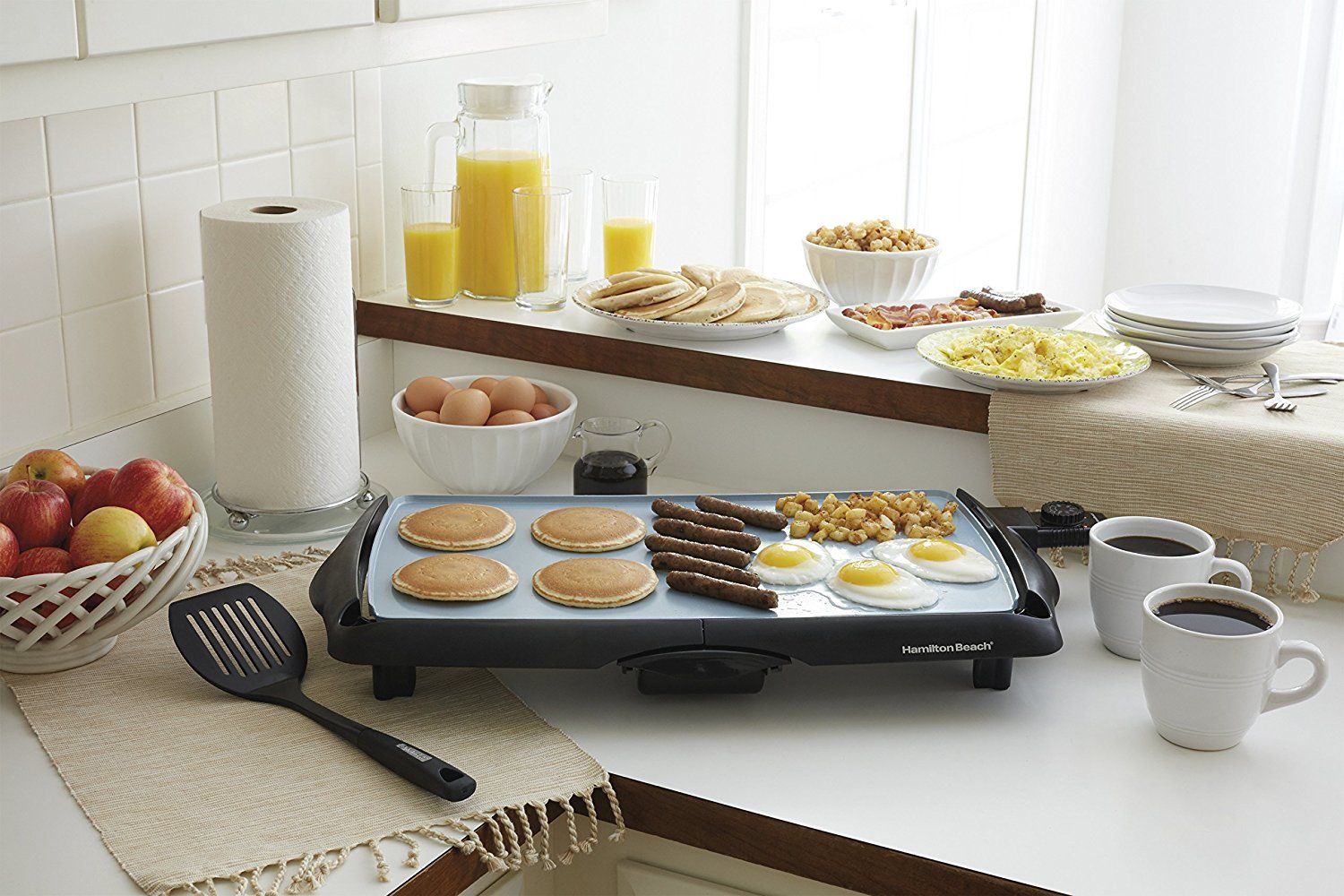

0 thoughts on “What Temp Is Medium On An Electric Skillet”